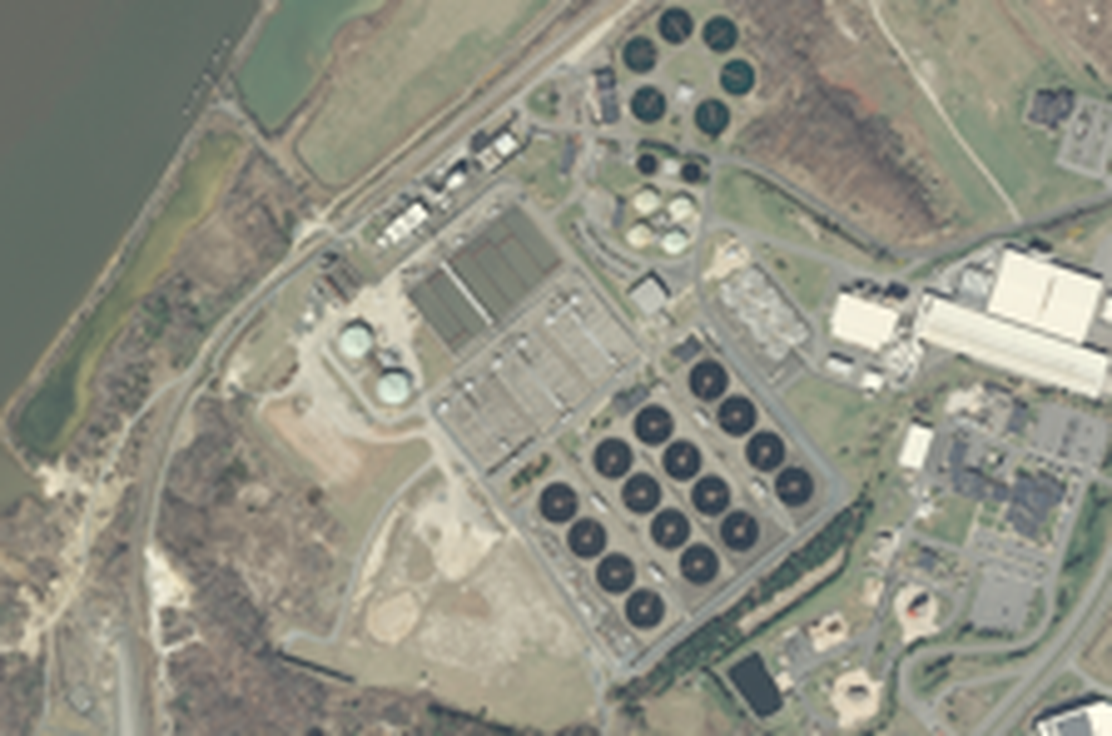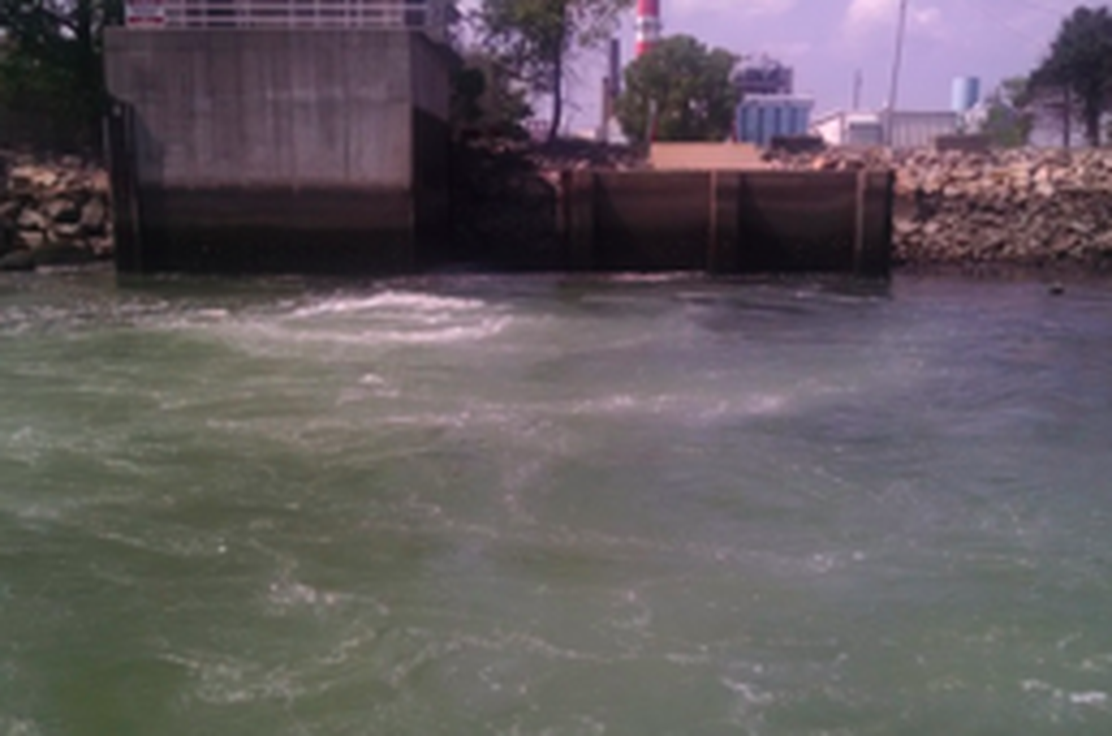Project Summary
Full Summary
The Middlesex County Utilities Authority (MCUA) operates a wastewater treatment facility in Sayreville, New Jersey. This facility discharges up to 147 mgd of treated effluent to Raritan Bay and during peak flow events. MCUA also operates a supplemental outfall that discharges to the tidal Raritan River.
County: Middlesex
Town: Sayreville
The Middlesex County Utilities Authority (MCUA) operates a wastewater treatment facility in Sayreville, New Jersey. This facility discharges up to 147 mgd of treated effluent to Raritan Bay and during peak flow events. MCUA also operates a supplemental outfall that discharges to the tidal Raritan River.
MCUA has been a client of Najarian Associates for more than fifteen years; during that time, the firm has provided MCUA with the necessary scientific support to better manage its treatment facility.
Technical Services
To support the many MCUA’s NJPDES permit issues, Najarian has provided specialized consulting services:
- Najarian provided hydrodynamic and quality modeling services, reviewed and approved by NJDEP, to address impacts from the supplemental outfall discharge. Project tasks included monitoring design, work plan development and model adaptation/calibration. Results indicated that no additional limitations were required for the peak flow discharge from the supplement outfall.
- Following the rupture of a major sewage force main, Najarian designed a weekly river monitoring program. After several months of monitoring the sewage main rupture, the firm prepared a data assessment report which demonstrated that water quality impacts were transient.
- Najarian assisted the MCUA in its review of draft NJPDES permits and assessed technical appropriateness of effluent limitations. The firm formulated comments on the draft permits, developed compliance strategies and prepared permit applications for this process.
- Najarian conducted a near-field ammonia toxicity study for both MCUA outfalls. Project tasks included monitoring plan design, data compilation and statistical analyses. The study’s results, accepted by NJDEP, indicated that no additional effluent limits were required to attain compliance with NJDEP’s ammonia toxicity criteria.
- Najarian assessed potential impacts on shellfish beds by MCUA’s primary outfall. The firm’s study demonstrated that Bay coliform concentrations always exceed concentrations within MCUA’s effluent. These results suggest that Bay concentrations are largely controlled by non-point sources.
- Najarian re-evaluated results of historical plume-dilution model studies for MCUA’s outfalls. The firm demonstrated that NJDEP’s interpretation of the available dye-tracer data resulted in an overly stringent assessment of near-field dilution. NJDEP approved the ~50% increase in dilution simulated by Najarian.
- To demonstrate that costly de-chlorination of MCUA’s effluent is not necessary, Najarian conducted a multi-phase study, which included intensive dye release experiments to assess time-of-travel and chlorine decay within MCUA’s 3-mile-long outfall pipeline. In addition, Najarian conducted field and statistical analyses of chlorine demand within Raritan Bay. NJDEP has accepted most of Najarian’s approach and is set to issue a new permit that will not require the construction of chlorination/de-chlorination facilities.
Technical Services
- Hydrodynamic and quality modeling services
- Designed a weekly river monitoring program
- Assisted the MCUA in its review of draft NJPDES permits
- Conducted a near-field ammonia toxicity study for both MCUA outfalls
- Assessed potential impacts on shellfish beds by MCUA’s primary outfall
- Re-evaluated results of historical plume-dilution model studies for MCUA’s outfalls


